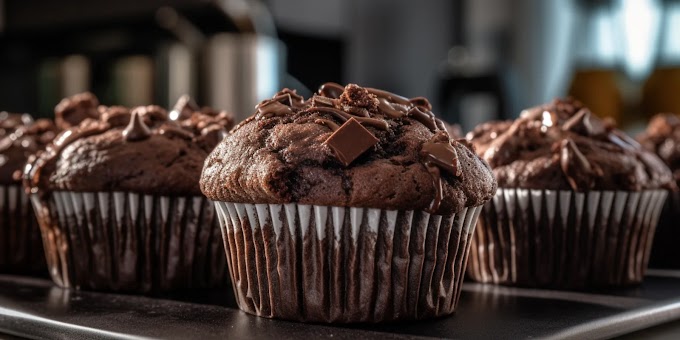Ingredients
2 1/2 cups all-purpose flour
1 1/2 cups granulated sugar
1 cup unsalted butter (softened)
1 cup vegetable oil
1 cup milk (or a non-dairy alternative like almond or soy milk)
1 tablespoon baking powder
1/2 teaspoon baking soda
1/2 teaspoon salt
2 teaspoons vanilla extract
1 tablespoon lemon juice or vinegar (to react with the baking soda)
Optional: 1/2 cup of your choice of add-ins (e.g., chocolate chips, nuts, or dried fruit)
Instructions
Preheat the Oven: Begin by preheating your oven to 350°F (175°C). Grease and flour a 9x13-inch baking pan, or line it with parchment paper for easier removal.
Prepare the Dry Ingredients: In a medium bowl, whisk together the flour, baking powder, baking soda, and salt. This ensures that the leavening agents are evenly distributed throughout the flour, which helps the cake rise uniformly.
Cream the Butter and Sugar: In a large bowl, use an electric mixer to cream together the softened butter and granulated sugar until light and fluffy. This step is crucial as it incorporates air into the mixture, which helps the cake to rise.
Incorporate the Oil: Gradually mix in the vegetable oil. Unlike butter, oil is a liquid fat that provides a moist texture and can make the cake lighter. Beat the mixture until it's well combined and smooth.
Add the Wet Ingredients: Mix in the milk and vanilla extract, followed by the lemon juice or vinegar. The acidic component (lemon juice or vinegar) reacts with the baking soda to help the cake rise. Ensure everything is well incorporated, but avoid overmixing.
Combine Wet and Dry Ingredients: Gradually add the dry ingredients to the wet mixture, mixing on low speed until just combined. Overmixing can result in a dense cake, so mix until you no longer see streaks of flour.
Fold in Optional Add-ins: If you’re adding chocolate chips, nuts, or dried fruit, gently fold them into the batter with a spatula.
Pour and Bake: Pour the batter into the prepared pan, spreading it evenly with a spatula. Bake in the preheated oven for 30-35 minutes, or until a toothpick inserted into the center of the cake comes out clean.
Cool and Serve: Allow the cake to cool in the pan for about 10 minutes before transferring it to a wire rack to cool completely. This prevents it from becoming soggy. Once cooled, you can frost or serve the cake as desired.
Tips for Success
Oil Choice: Vegetable oil is commonly used, but you can also use other neutral oils like canola or sunflower oil. If you prefer a more robust flavor, you might try coconut oil, but be aware that it will impart a subtle coconut flavor to the cake.
Butter vs. Oil: Using oil instead of butter results in a different texture. Oil tends to make cakes moister and softer, whereas butter adds richness and a denser crumb. However, this recipe aims to balance the best of both worlds with the addition of butter and oil.
Storage: Store the cake in an airtight container at room temperature for up to 3 days. For longer storage, keep it in the refrigerator or freeze slices for up to 3 months.
Variations
Chocolate Butter Cake: Add 1/2 cup of cocoa powder to the dry ingredients and 1/2 cup of chocolate chips to the batter for a rich chocolate version.
Citrus Butter Cake: Incorporate the zest of 1 lemon or orange into the batter for a fresh, zesty flavor.
Spiced Butter Cake: Add 1 teaspoon of cinnamon and 1/2 teaspoon of nutmeg for a spiced variation perfect for cooler weather.
Conclusion
This recipe for a butter cake using oil instead of eggs demonstrates that it's possible to achieve a delightful, moist cake without relying on traditional egg-based recipes. Whether you're accommodating dietary restrictions or simply looking for a new twist on a classic, this cake offers versatility and flavor. With its tender crumb and rich taste, it's a treat that everyone can enjoy, regardless of their dietary preferences.
Feel free to experiment with different add-ins and flavors to make this cake your own. Happy baking!








Social Plugin